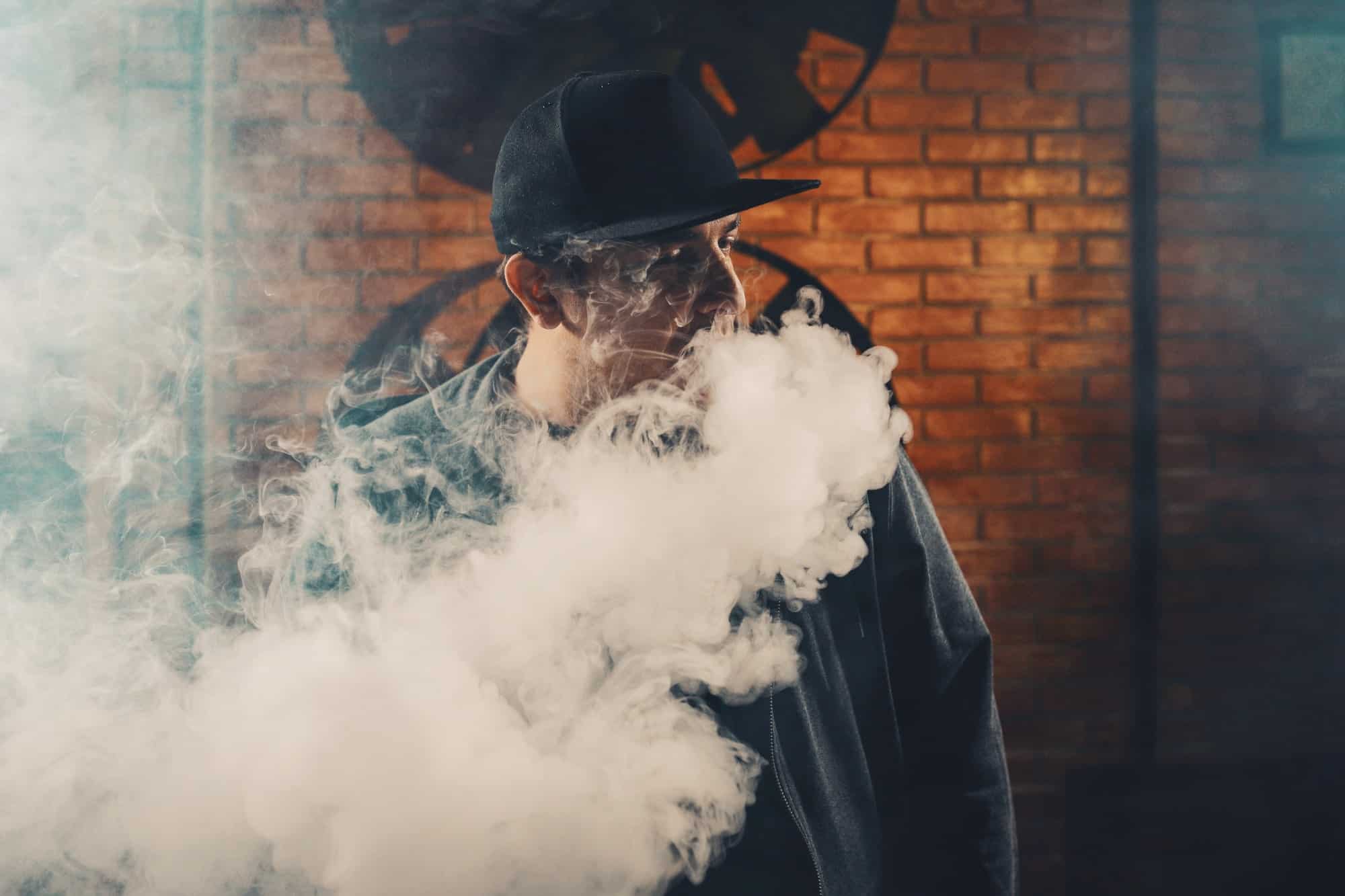The Travels Beyond: DMT Pen vs Near-Death Experience

Contents
What if the greatest mysteries of life were already encoded in your brain, waiting for a simple little molecule to unlock them? DMT’s effects are so profound, they are similar to the sensations of near-death experiences.
The more you learn about DMT pens the more it’s clear why they call it the spirit molecule. What exactly happens when we explore these uncharted territories?
What Is DMT and Why the Spirit Molecule Nickname?
DMT, short for Dimethyltryptamine, goes by many intriguing names: the Spirit Molecule, Elf Spice, or even just (admittedly not as intriguing) Dimitri. It’s also the key ingredient in ayahuasca, a sacred brew used by indigenous cultures in the Amazon basin since the ancient days.
They used this magical concoction to connect with the spiritual realm and the natural world, and these days the DMT pens just facilitate the use.
DMT range of effects

Users often describe a DMT trip as a journey beyond ordinary perception with effects like:
- Reality shattering into vibrant pieces – an intricate tapestry of colours and sounds;
- Experiences that can shift from blissful exploration to fear and chaos;
- Time stretches out with mere minutes feeling like long hours;
- Ego dissolution, when both your body and self-identity seem to disappear.
DMT gives you feelings of unity with the world, bringing you a new appreciation for life and the world you live in.
How Dimethyltryptamine affects brain activity
This psychedelic basically increases connectivity across various brain regions. Under normal conditions, the brain’s activity is organized into separate networks. DMT disrupts these boundaries. This means that different parts of the brain, including those responsible for imagination and higher cognitive functions, start to communicate more freely.
The changes in brain rhythms are striking too. DMT reduces power in the alpha and beta frequency bands — typically associated with calm and focused states. It also increases lower-frequency oscillations like theta and delta. This shift creates a chaotic and rich tapestry of neural signals, somewhat like a vibrant painting where colours blend and overlap.
The Near-Death Experiences Science and Mystery
Near-death experiences (NDEs) are often life-changing. These moments blur the lines between the physical and the spiritual.
Sensations during a near-death experience
People frequently describe an out-of-body experience, like their consciousness steps outside their physical form for a moment. It’s as though they’ve left their physical body to observe events from above, sometimes even witnessing their rescue.
Many tell about a wave of serenity, joy, and unconditional love. It feels especially powerful in contrast to their previous pain or fear. Some even remember meeting deceased loved ones or spiritual entities.
How the brain reacts during a near-death episode
What happens when we get close to life’s edge? NDEs remain a blend of science and mystery. Research shows that in moments of clinical death, the brain can exhibit bursts of activity, especially in areas related to vision and perception. This may explain the vivid imagery of tunnels or lights.
Gamma waves, often linked to heightened awareness, spike up. This could explain the sharp, lucid quality of many NDEs. During trauma, neurotransmitters like noradrenaline flood the brain, creating euphoric and altered perceptions like those caused by psychedelics.
DMT vs NDE – Where Neuroscience Meets the Spiritual
Both DMT trips and near-death experiences push the human brain into extraordinary realms. They are similar in many ways:
- Possible spiritual insights;
- Altered sense of time;
- Heightened emotions;
- Vivid visuals and sensations.
DMT might introduce you to alien-like beings with cryptic messages, while NDEs could feature a glowing spirit guide showing you the ropes of the afterlife.
Euphoric bliss? Check. A sense of connection to something way bigger than yourself? Double-check.
Both are linked to surges in neurotransmitters and heightened brain activity, especially in regions tied to perception and consciousness. But one is significantly safer than the other. With DMT, you can explore your inner self on your terms in the safety of your home.
Music and Ambience Enhancing DMT Journeys

A DMT journey is like stepping into the unknown, and the sounds around you can shape where that step takes you. Music and environment can be your guides through the experience. There are a couple of simple guidelines:
- Keep it simple and open. Tracks without vocals or clutter let your mind fill the gaps, creating a more personal and introspective experience;
- Playing real-world sounds like streams, rain, or distant thunder taps into something primal;
- A clean, uncluttered space is as important as the right soundtrack. Maybe dim the lights if that feels safe. It’s about stripping down distractions so the focus stays inward.
Ensure you’re in a place where you won’t be disturbed. Lock doors, silence your phone, and let others know not to interrupt. Use soft furniture, cushions, or a bed to lie down.
Reflection After a DMT Experience
Once the kaleidoscope fades, the challenge is to unpack what it all means. A DMT experience can leave you with a head full of ideas, emotions, and symbols that don’t fit into your usual way of thinking.
The simplest way to try and decode it all is to grab a pen and start writing. It doesn’t need to make sense at all. It might just be in a stream-of-consciousness style. Just getting the imagery and emotions onto paper can help you see patterns or themes you might miss otherwise.
A conversation with someone who gets it can help you organize your thoughts afterwards. Maybe with their perspective, you can get new insights and even connect the experience to your everyday life a bit better.
Conclusion
One experience is sparked by choice, and the other – by circumstance. But both teach us that life isn’t just about what we see but how we perceive it. You don’t need to get a near-death experience – you can rely on DMT pens if you want to feel one with the universe.
FAQ
-
What Is DMT and How Is It Usually Used?
N,N-Dimethyltryptamine (DMT) is a naturally sourced psychedelic compound. It is found in various plants and animals. People often inhale it via DMT pens or pipes to get hallucinogenic experiences.
-
What Are the Common Effects of Using a DMT Pen?
DMT pen users talk about seeing vibrant colors, geometric patterns, and out-of-this-world landscapes. Time may feel distorted with minutes feeling more like hours. Some feel a sensation of leaving their body and entering alternate realms.
-
Does a DMT Trip Compare to a Near-Death Experience?
Yes, DMT effects closely resemble near-death experiences. Out-of-body sensations, brightness, and possible communications with spiritual entities are the main similarities between the two. Afterwards people tend to reflect on their life and overall existence.